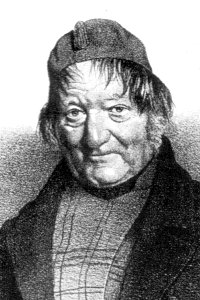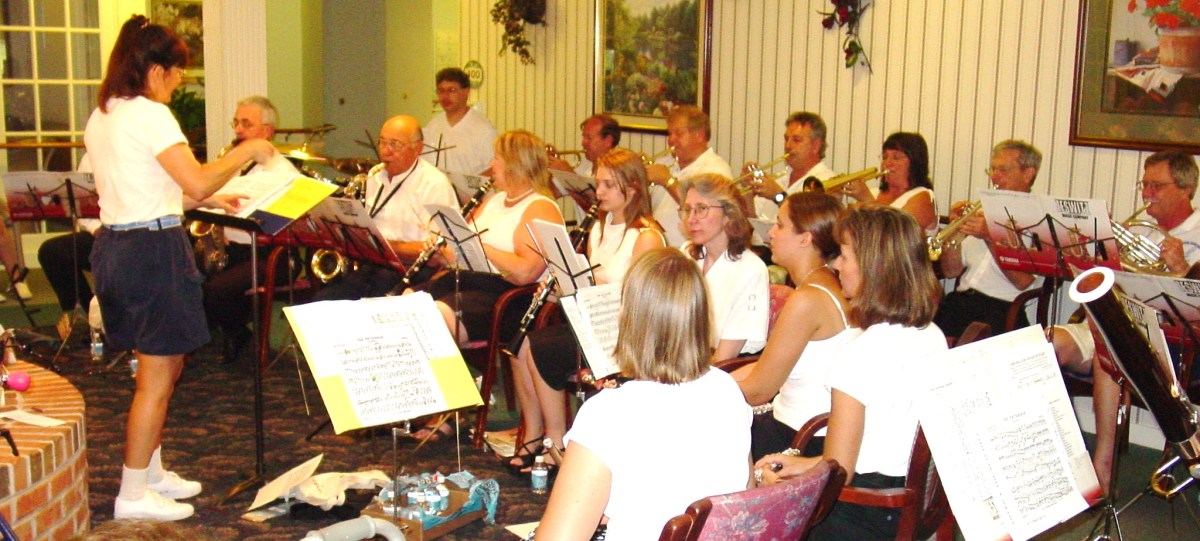Read the Story and Listen to "For the Beauty of the Earth", Arranged by Daniel Carter
Make It Simple But Sound Fabulous!
One of the challenges most any choir director faces is finding music that suits the skill level of the choir. Not every director directs a highly skilled choir, and yet every director looks for music that will help their choir shine and please their audience or congregation.
So that was the challenge with this little arrangement. Make it easy to learn with the fewest rehearsals possible, keeping the accompaniment interesting but simple enough to read and learn in relatively few rehearsals. The result is a two-part choral arrangement with piano accompaniment.
And the product of that endeavor is the music video below.
"For the Beauty of the Earth", Arranged by Daniel Carter
Ordering Information for Sheet Music
This arrangement is published by Neil A. Kjos Music of San Diego, California. You can click here to go directly to their website and read my bio, hear the music and also see a sample page of the arrangement.
Order sheet music from Day Murray Music.
I composed this arrangement for my grandson, Elijah. He is on the autism spectrum, but high functioning, chatty, quick, bright, off-the-charts smart, extremely creative and becomes easily overly stimulated. He brings so much joy with him where ever he goes.
History of the Hymn
Although there were originally eight verses to this hymn, only three are usually used in hymnals today. Those verses are numbers one, two and four, as shown below. My arrangement only uses these verses.
Words by Folliot S. Peirpoint
Music by Conrad Kocher
For the beauty of the earth
For the glory of the skies,
For the love which from our birth
Over and around us lies.
Refrain:
Lord of all, to Thee we raise,
This our hymn of grateful praise.
For the beauty of each hour,
Of the day and of the night,
Hill and vale, and tree and flower,
Sun and moon, and stars of light.
Refrain
For the joy of ear and eye,
For the heart and mind’s delight,
For the mystic harmony
Linking sense to sound and sight.
Refrain
For the joy of human love,
|Brother, sister, parent, child,
Friends on earth and friends above,
For all gentle thoughts and mild.
Refrain
For Thy Church, that evermore
Lifteth holy hands above,
Offering up on every shore
Her pure sacrifice of love.
Refrain
For the martyrs’ crown of light,
For Thy prophets’ eagle eye,
For Thy bold confessors’ might,
For the lips of infancy.
Refrain
For Thy virgins’ robes of snow,
For Thy maiden mother mild,
For Thyself, with hearts aglow,
Jesu, Victim undefiled.
Refrain
For each perfect gift of Thine,
To our race so freely given,
Graces human and divine,
Flowers of earth and buds of Heaven.
Refrain

Folliot Sanford Pierpoint
Unfortunately, there is no known picture of Pierpoint. He was born October 7, 1835 in Spa Villa, Bath England and died March 10, 1917 at Newport, Monmouthshire, England.
Pierpoint was a graduate of Queen's College at Cambridge University in 1857. He taught classics at Somersetshire College later on. He also lived at Babbicombe, Devonshire, and other places, and occasionally taught. He wrote a book of poetry called The Chalice of nature and Other Poems which is undated. However it was reissued in 1878 as Songs of love, the Chalice of Nature, and Lyra Jesu. Additionally he contributed hymns to the Churchman's Companion, The Lyra Eucharistica, and others hymn collections. His most famous hymn is For the Beauty of the Earth.
Conrad Kocher

Conrad Kocher was born December 16, 1786, at Ditzingen (near Leonberg), Württemberg, Germany and died March 12, 1872 at Stuttgart, Germany. He was buried at Fankelsbach Cemetery, Stuttgart, Germany.
Kocher studied in St. Petersburg, Russia in the early 1800's. His focus of study was piano and composition. In 1819 he went to Rome to study, after which he returned to Germany in 1820. Because of his great interest in reformation of church music in Germany, he founded the School of Sacred Music in Stuttgart in 1821, and also served as organist in the Stiftskirche in Stuttgart. His work popularized four-part singing in churches at the time, departing from the tradition of congregational singing in unison. In 1852 he received an honorary Doctor of Philosophy degree from the University of Tubingen.
In addition to hymn tunes, his works include an oratorio, operas and sonatas. He contributed to and edited many chorale books. He also wrote a treatise on church music titled Die Tonkunst in der Kirche in 1823.
The tune name of Kocher's hymn is DIX.
© 2010 Daniel Carter







